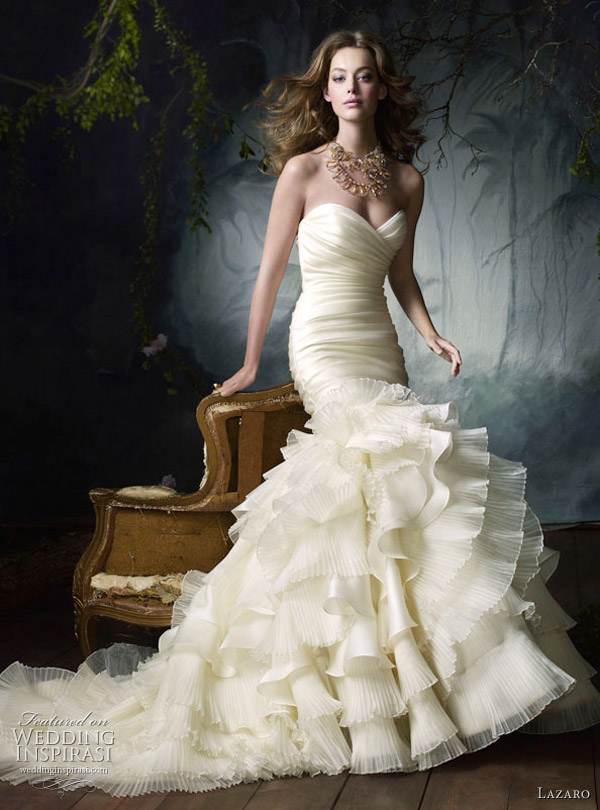I remember when I was a kid and I got a helium balloon, I thought it was the coolest thing ever. Then, mylar balloons came out in the late 1970’s and that was definitely the coolest thing…. ever! In the 1980’s people were doing massive balloon releases at weddings and it looked so cool- all of those balloons going up at the same time! But, the 90’s hit with a eco-fervor (for me) and I started to ask “What happens to all this stuff after they land?” The answer is not good. Maybe this is why balloon releases are out of fashion – for good reason.
1) Bad for the environment. Although it is true that latex is a natural resource coming from rubber trees, it takes a long time to break down into the environment and can cause a lot of damage ( to various species) during that time.
2) Mylar is metalicized polyester and even worse- it conducts electricity. No real good reason to take part in this debacle.
3) Helium shortage – True. There is only a limited supply of helium on this planet and once it’s gone…it’s gone. Unless you want to go to Pluto.
4) Allergies. In case you haven’t heard of this; there are people allergic to latex….. there are a lot of people allergic to latex. So many, that schools have signs stating that balloons are not permitted.
5) Chinese lanterns have the same impact, maybe worse.
In lieu of releasing dozens ( or hundreds) of toxic balloons into the environment, try these more organic alternatives:
Release trained doves– There are reputable facilities around the country that offer the release of doves. These birds are trained to return to the facility; no matter where the birds are released they will fly back home. No harm is done to the birds or their wild relatives.
Blowing bubbles– Blowing bubbles is always fun; watching them bounce around towards the sky and twist with the wind. It also requires you to exhale and breathe.
Although it is still perfectly legal and somewhat socially acceptable to release balloons, lanterns and other non-organic components into the environment in some areas, there are some cities and states that have already banned this activity. Think about it, do some research and decide if it is really worth it for you before you sign up for a balloon release.
-Penny Frulla for Bridal Expo Chicago















